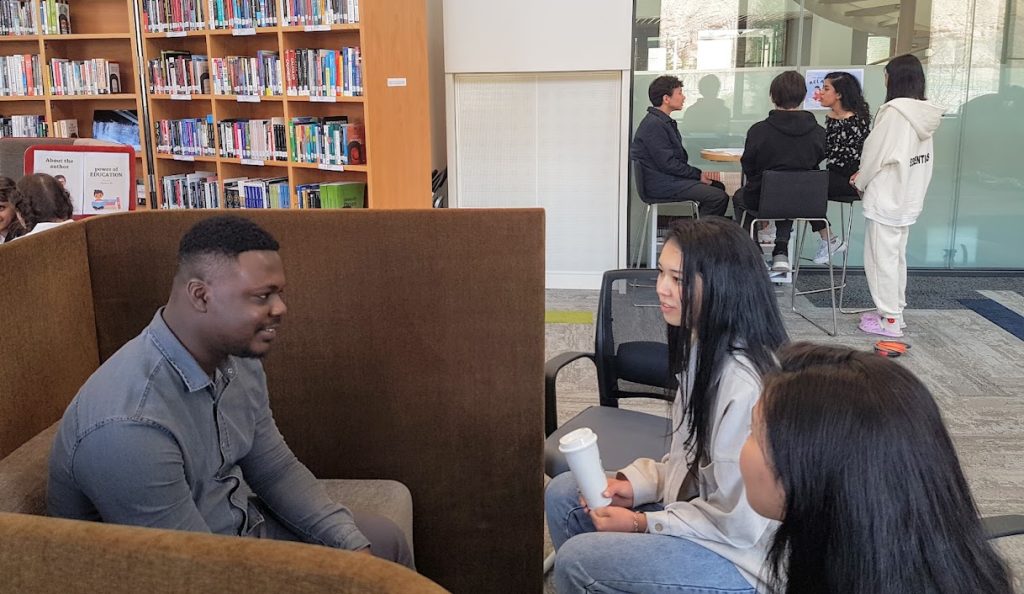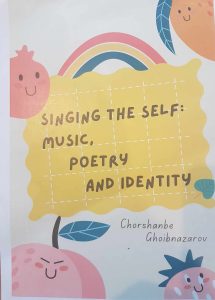31 Human Library
Human Libraries were pioneered in Denmark as a way of helping people within communities get to know each other better. Instead of taking out a book, you “check out” a human for a conversation and learn about their life and perspectives. The by-line on their posters is: “Take out a Human Book and Unjudge Someone!”
Purpose:
Participants get to know people they don’t usually talk to. When humans are willing to be an “open book,” it gives others an opportunity to understand their experiences, stories and perspectives. Sometimes these honest conversations allow people to move beyond stereo-types and judgements.
Learning Objectives
Participants taking out “human books” will:
- Talk with people that they might not normally interact with.
- View human stories as a valuable resource for understanding social issues, history, culture and psychology.
- Deconstruct stereo-types of people as they get to know them personally
Participants being a “human book” will:
- Share their perspectives and histories and feel valued for their unique stories and insights.

Human Library Directions
- Decide on venue, date, theme and target audience.
- Recruit volunteers to help with the set-up and hosting of event.
- Invite a variety of “human books” and brief them on the process.
- Design invitations, posters and marketing information for event.
- Design book covers with a title and picture of each of the human books.
- Set up venue with places for each book to meet with 1-3 people at a time.
Sample welcome letter handed to participants as they arrived at the “Human Library” hosted at the University of Central Asia Naryn library:
Welcome to the first UCA Human Library
Purpose: To talk to people about their lives and learn from their experiences.
Process:
- Walk through the library reading book covers and biographies
- Choose a “human book” that looks interesting to you and sit down at their station.
- 1-3 people can talk to a book at the same time.
- If there are problems with language, come and talk to us and we can try and find a translator.
- Introduce yourselves.
- Talk for 10 – 15 minutes and then find a new book.
- If all books are busy, chat with the other people who are waiting because we are all books filled with different chapters and stories.
Some possible questions:
Let the conversation go wherever you like, but if you get stuck, here are some possible conversations starters.
- Why did you choose this book title? What does it mean to you?
- What was your life like when you were a child?
- How did you choose your profession or university major?
- What advice would you give to people about making a good life for themselves?
- What challenges did you face?
- What helps you to get through difficult times?
- How has your childhood influenced your current life?
- What else do you want to tell us about your life and experiences?
Human Books: Welcome your “readers” and facilitate introductions. Share with them whatever is comfortable to you. If they ask a question that you do not want to answer, feel free to ask them to move to another topic.

Materials and Resources:
- Each invited speaker names themselves as if they were a book and a book cover is created for their chosen topic. This “book cover” is posted near the author. You can also have a copy of each book cover on bulletin boards at the entrance to the library so people can read about the various human book offerings.
- Venue where pairs or small groups can easily talk to each other and move from “book” to “book.”
- Depending on the size of the venue and the number of participants, you might want a cordless microphone so you can easily welcome people and collect their feedback and insights at the end of the event.

